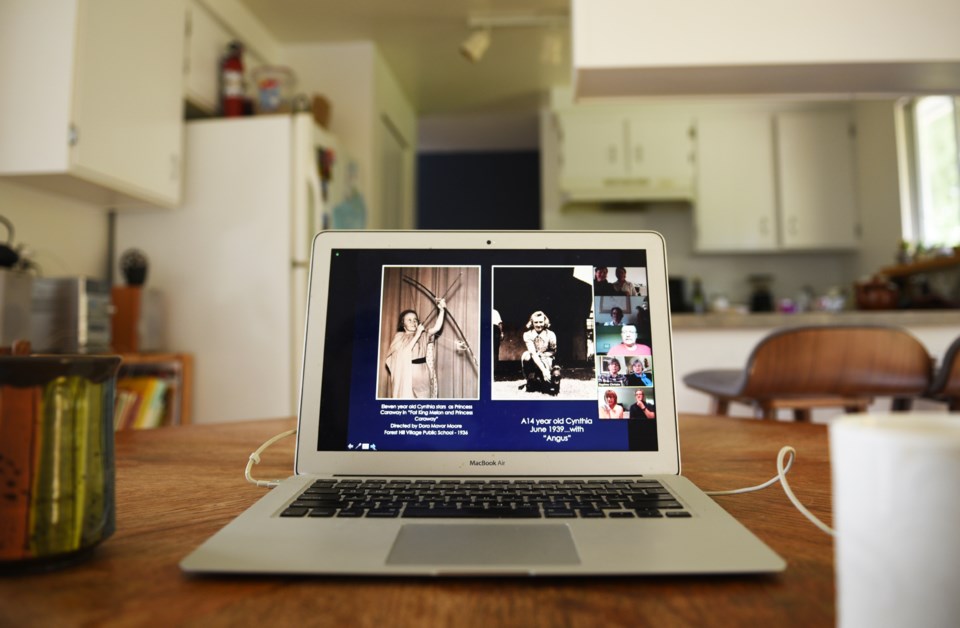People are dying. Now is not the time for humour. But after attending my grandmother’s Zoom memorial over the weekend, as the technological glitches and social missteps mounted over the two-hour session, I wondered whether she’d find the whole thing horrifying or hilarious.
While some adults fussed over the mute and “share screen” functions, one of my sisters texted me from Switzerland, quizzing me about who I did and didn’t recognize on screen. It began to feel a bit like tweeting the Oscars, but we couldn’t help ourselves. One relative tried to break the ice with a joke about mariticide.
I’ve gotta say I found the whole thing inescapably comedic.
Death rituals are typically performed in the same room, not emoting through a blue screen. Ritualizing a death on Zoom is like hugging a photograph. It feels flat and hard around the edges.
As Sunshine Coast Hospice Society’s executive director Elana Robinson said, “you’re missing out on that indefinable energy between two people. It doesn’t happen in the same way online.”
Physical proximity is an important step in the grieving process. Everyone who has “attended” a Zoom memorial knows this by now. So does Dr. Kathy Shear from the Center of Complicated Grief at Columbia University. In a forum on grieving during the COVID-19 crisis, she put it this way: “It’s very difficult to be tuned in digitally. The physical touch itself has, just by itself, positive effects on our physiology and our emotions, so it’s an important piece of the support process in grieving. For both of those reasons, it’s really difficult.”
For those approaching death on the Sunshine Coast, Hospice Society volunteers have provided physical connection, but they have been deprived of that tool during the pandemic. Some people they served adapted, said Robinson, but not all. “Our concern was any feeling of isolation they were already feeling was worsened.”
COVID-19 is testing our resilience, and has shown us just how creative we can be. But in this particular domain, there is no bright side. Or, as Robinson diplomatically said, “I think maybe the silver lining is not as immediate.” Finding a memorial funny shows just what is lost.
In Phase 2 of B.C.’s restart plan, organizations such as the Hospice Society are gradually returning to some semblance of normal. “We are starting gradually with outdoor visits at a safe distance,” said Robinson, and only if clients feel comfortable.
By meeting in person, volunteers will once again be able to give those grieving physiological and emotional relief. And if death finally knocks, religious and ceremonial services are now allowed. Up to 50 people can attend in a large space, with smaller groups permitted in more intimate settings. Most importantly, Premier John Horgan has told us that even at these services we must “avoid touching multiple people.”
But finally, we may touch, and be human together.
